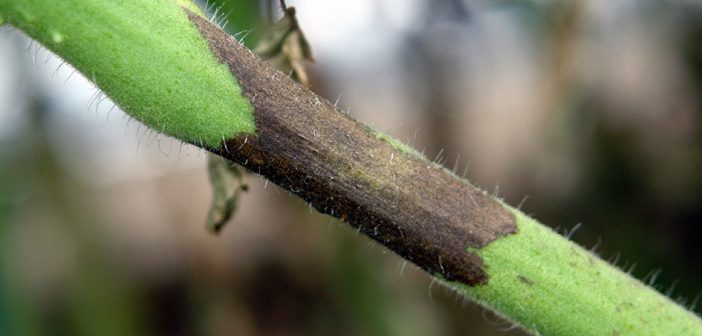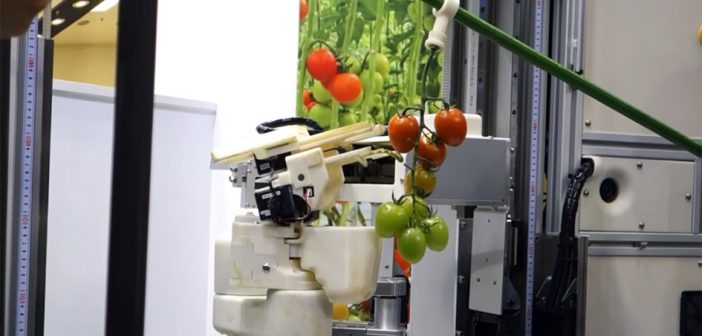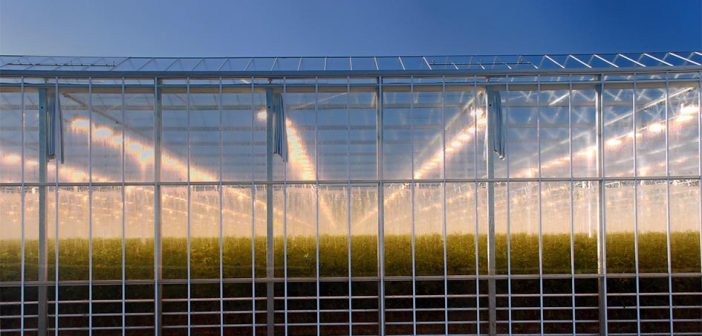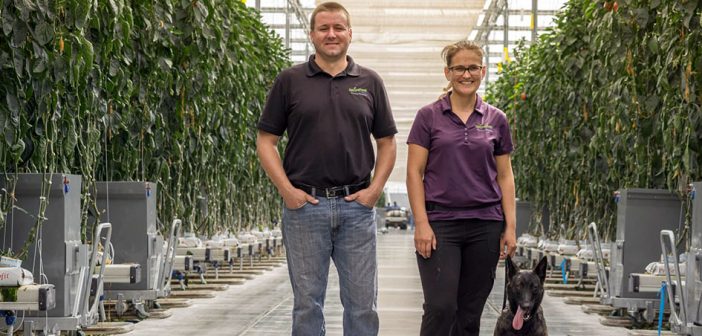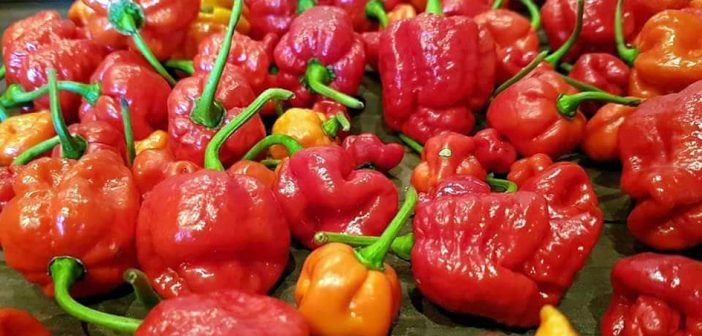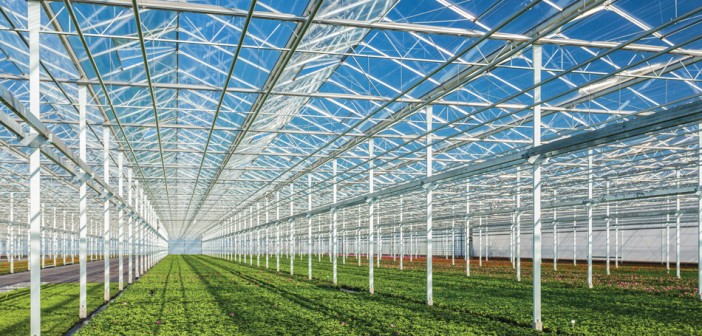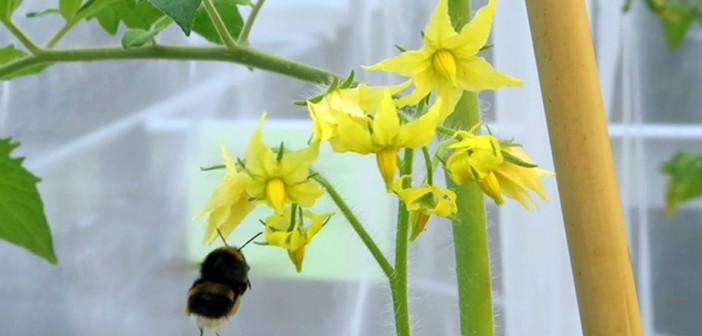The latest information published by Statistics Netherlands shows that the area of greenhouse production in the country is continuing to decline gradually. At the same time the area devoted to outdoor horticulture has risen slightly. In both sectors the number of companies has fallen significantly.
Between 2017 and 2018 the area of greenhouse horticulture reduced by 80 hectares to 9,000 ha and the number of companies in the sector fell by 290 to 3,190. Since the year 2000 the total greenhouse area has dropped almost 15 per cent from just over 10,500 ha while the number of companies has reduced from 11,070.
Edible production decreased from 4,990 hectares to 4,970 hectares, with the largest fall being seen in red peppers (down 40 ha to 700 ha) and vine tomatoes (down 40 hectares to 930 ha). Production of other peppers rose 30 ha to more to 180 ha in 2018) and cherry tomatoes also increased by 50 ha more to a total of 490 ha. In ornamentals notable changes included a 40 ha increase in chrysanthemum cultivation a decrease of 30 ha for lilies.
Open field horticulture increased 820 ha to 94,340 ha and in terms of area the sector has grown 16 per cent since 2000, although over the same period the number of companies has fallen from almost 17,000 to 9,610 in 2018.
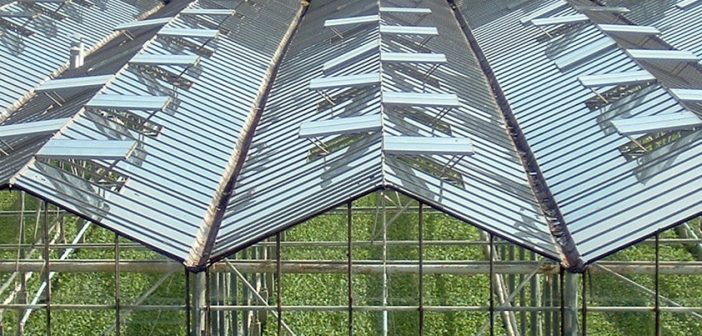
Photo Credit: Wikimedia Commons The post Dutch greenhouse area continues to decline appeared first on Hort News.
